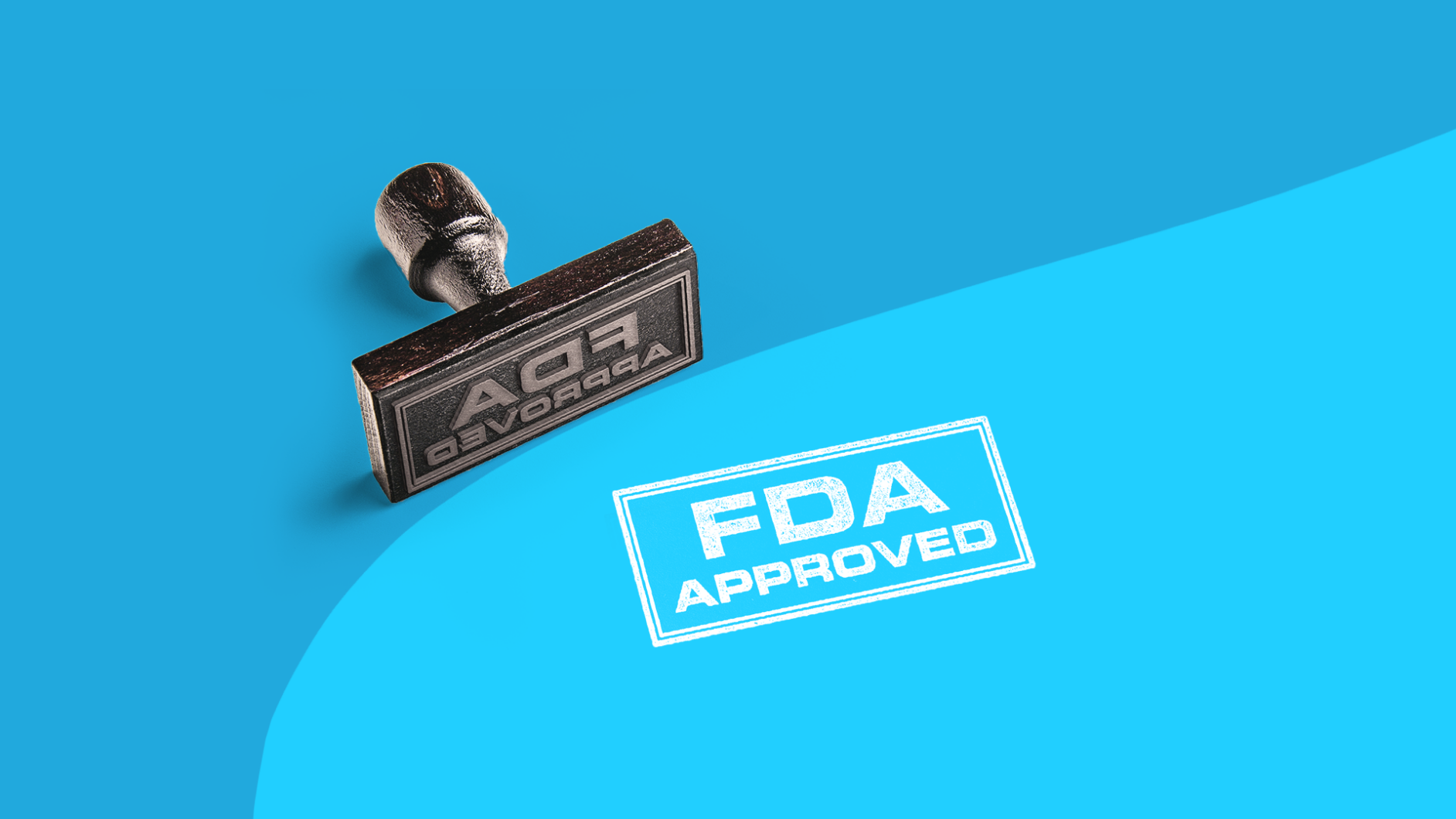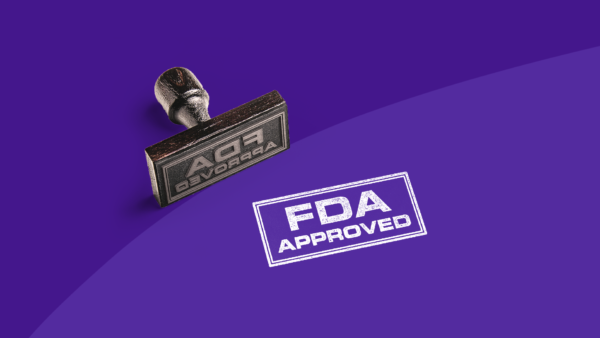Key takeaways
The FDA approved Jubbonti and Wyost, the first interchangeable biosimilars to Prolia and Xgeva for osteoporosis and bone fracture treatments, respectively.
Interchangeable biosimilars are highly similar to and can be substituted for the brand-name (reference) medication—and may be more affordable.
A launch date for Jubbonti and Wyost has not been announced.
On Mar. 5, 2024, the U.S. Food & Drug Administration (FDA) approved Jubbonti and Wyost, the first interchangeable biosimilars to the injectable medications Prolia and Xgeva, respectively.
As RANKL inhibitors, these drugs help target and bind to a protein in a way that prevents bone cells called osteoclasts from breaking down bone in the body. Osteoporosis and bone density conditions are common in the U.S.—the Centers for Disease Control and Prevention (CDC) estimates 1 in 5 women ages 50 and older have it—and these medications are crucial for treatment.
With the approval of Jubbonti (denosumab-bbdz) and Wyost (denosumab-bbdz), patients on Prolia or Xgeva may have a less expensive and more accessible treatment option as biosimilar and interchangeable biosimilar products may cost less than their brand-name counterparts.
What is Prolia?
Prolia (denosumab) is a subcutaneous injection that is administered by a healthcare professional every six months. According to a 10-year review of clinical studies, it is a highly effective anti-osteoporosis therapy for patients at high risk of fracture.
Prolia is approved by the FDA to:
- Treat postmenopausal women with osteoporosis at high risk for fracture
- Increase bone mass in men with osteoporosis at high risk for fracture
- Treat glucocorticoid-induced osteoporosis (osteoporosis due to taking steroid medication) in men and women at high risk for fracture
- Increase bone mass in men at high risk for fracture receiving androgen deprivation therapy for nonmetastatic prostate cancer
- Increase bone mass in women at high risk for fracture receiving adjuvant aromatase inhibitor therapy for breast cancer
Prolia vs. Jubbonti
Jubbonti is approved for the same uses; any patients prescribed Prolia can be given Jubbonti once it is available, if allowed by state law.
What is Xgeva?
Xgeva (denosumab) is a drug used to treat hypercalcemia (high blood calcium levels) and certain complications associated with certain types of cancer (see below). It prevents serious bone problems in people with multiple myeloma or other bone tumors. A 10-year clinical review of Xgeva found that the drug can reduce the risk of initial skeletal-related events (SREs) by 17% and subsequent SREs by 18%, improve pain outcomes, and reduce the need for strong opioids.
Xgeva is approved to:
- Prevent skeletal-related events in patients with multiple myeloma and in patients with bone metastases (spreading) from solid tumors
- Treat adults and skeletally mature adolescents with giant cell tumor of bone that is unresectable (unable to be surgically removed) or where surgical resection (removal) is likely to result in severe morbidity
- Treat hypercalcemia of malignancy (high calcium levels in people with cancer) refractory to bisphosphonate therapy (does not respond to a type of drug classified as bisphosphonates)
Xgeva vs. Wyost
Wyost is approved for the same uses, and patients on Xgeva can be given Wyost once it becomes available, if allowed by state law.
Jubbonti vs. Wyost
Jubbonti and Wyost are the same drug (as are Prolia and Xgeva), but what differentiates them is their indications, their dosages, and how they are given. Jubbonti is indicated for osteoporosis treatments while Wyost is indicated for hypercalcemia treatment in people with cancer. Like Prolia, Jubbonti must be given as an injection by healthcare providers every six months. With Prolia or Jubbonti, patients are advised to take 1000 mg of calcium daily, and at least 400 IU of vitamin D daily. But like Xgeva, Wyost can be administered by a healthcare provider or, with proper training, self-administered every four weeks. With Xgeva or Wyost, calcium and vitamin D may be necessary as well, if recommended by the healthcare provider.
When will Jubbonti and Wyost be available?
As of publication, there is not an announced launch date or estimated cost for Jubbonti or Wyost.
What is a biosimilar?
If you haven’t heard of interchangeable biosimilar medications, you’re likely not alone, as they are relatively new. The first interchangeable biosimilar was approved by the FDA in 2021 for Semglee, a biosimilar insulin to Lantus. Simply put, interchangeable biosimilars are to biologics what generic drugs are to brand-name medications. For traditional medications, the FDA can approve generic medications. But for biologics—or medications made from living sources like bacteria or yeast—the FDA approves biosimilars.
In order for the FDA to consider the approval of biosimilars, studies must show that there are no differences in the safety and effectiveness of biosimilars and the original biologics, explains Ani Rostomyan, Pharm.D., a clinical pharmacist based in Los Angeles. “Both must be made from the same types of sources (e.g., living sources), provide the same benefits when treating diseases or medical conditions, are given at the same strength and dosage, and are not expected to cause new or worsening side effects,” she says. In other words, biosimilars go through the same FDA approval process as all other medications.
And similar to generic drugs, one of the major benefits of biosimilars is that they may be more affordable for patients—and because of the lower cost, biosimilars may be covered by more insurance companies and offer patients additional treatment options.
Sources
- FDA approves first interchangeable biosimilars to Prolia and Xgeva to treat certain types of osteoporosis and prevent bone events in cancer, FDA (2024)
- Biosimilars, FDA (2024)
- Does osteoporosis run in your family?, CDC (2022)
- Denosumab in the treatment of osteoporosis: 10 years later: A narrative review, Advances in Therapy (2022)
- Experience with denosumab (XGEVA®) for prevention of skeletal-related events in the 10 years after approval, Journal of Bone Oncology (2022)
- Are you on a biologic medication? What you need to know about biosimilar treatment options, FDA (2024)











